“To see what is in front of one’s nose needs a constant struggle.” — George Orwell
Robert Capa was neither the first nor the last cameraman to reach the Easy Red sector of Omaha beach on the morning of June 6, 1944. Many of them faced the same risks that Capa did.
Yet, to date, Capa scholarship has ignored completely the other photographic records of the morning of the invasion, neither comparing Capa’s images of the scene with documentation by others nor making any attempt to integrate them into the larger visual narrative of that day on Omaha Beach. That same literature energetically avoids mentioning the numerous photographers who produced that documentation, failing also to address the hardships they endured in making it — which in many cases vastly exceeded Capa’s minor difficulties on Easy Red.
(Click here for the account by Seth Shepard, Photographer’s Mate, 3rd Class, U. S. Coast Guard, of his grim, grueling D-Day experiences and those of his comrades aboard LCI(L)-92 and then on Dog White Beach after German mines and shells forced them to abandon ship. Click here for information about They Fight with Cameras:Walter Rosenblum in World War II, from D-Day to Dachau, a traveling show and 2014 monograph.)
So, starting back in November 2015, I decided to apply French filmmaker Patrick Jeudy’s method, sifting through B-roll material in search of the familiar — dipping into the documentary film footage made that morning, finding therein bits and pieces that show the same scene that greeted Capa when he arrived. I haven’t scoured the D-Day footage at length, or systematically. But chance favors the prepared mind.
•
For example, consider these stills, extracted from a U.S. Coast Guard combat photographer’s film depicting the landing of LCI(L)-88 carrying Platoon Commander Joseph P. Vaghi, who served as Beachmaster of the Easy Red sector. The stills are used to illustrate Vaghi’s account of that morning’s events at the Coast Guard website, which indicates that his transport with its contingent — including New Yorker correspondent A. J. Liebling — beached at 0735, well ahead of Capa’s arrival.
(Liebling did not disembark that morning, but stayed on LCI(L)-88 during its runs to and from the U.S.S. Samuel Chase — until the Allies had secured the beachhead — before going ashore. Click here for “Cross-Channel Trip-I,” the opening of Liebling’s three-part account of the crossing, which appeared in the July 1, 1944 issue. The other two parts, in following issues, are available only to subscribers, but you’ll find most of the rest of it here, thanks to Google Books. Liebling was one of the giants of mid-20th-century journalism, and this ranks among his best.)
These stills come from the 1944 USCG film “Normandy Invasion”; you can view the full film here. At timestamp 12:54, the scene depicted in the still unfolds. The tank dozer that appears at the left in this screen grab (seen here in the middle of the red rectangle) may be the same one — Armored Assault Vehicle 10 — that appears on the left in several of Capa’s images (see below). It may also be the one that appears on the right in those images; this would mean that LCI(L)-88 landed slightly to the west of Capa’s LCVP. In any case, that tank dozer has not only arrived but has moved in close to shore, to provide covering fire for the incoming troops.
•
Heartened by this discovery, browsing further online, I found this film: “At the Beaches of Normandy (In Colour) June, 1944 (720p).” Vintage footage, I assumed by military cameramen, as sections of it appear in a number of documentary films about D-Day issued by the U.S. Coast Guard, Army, and Navy.
Therein, starting at timestamp 11:40, I saw the scene immediately above. With this one hot on its heels:
Followed by this one:
And then this one:
The voiceover for this footage in another film using it — “D-Day in Colour” (2004), narrated by John Hurt — identified it as Omaha Beach (at timestamp 34:26).
Was I imagining things, or was this Capa’s precise landing point as seen from several different vantage points and distances? I realized that long stretches of that beach looked more or less the same that day. And these clips are less than sharp, even at 720p. But this particular configuration of the terrain just looked … familiar. Also, the positioning of the tank dozer there, combined with the obstacles alongside it, rang a bell.
At that point, having pored over those Capa photos for 18 months, I felt reasonably sure that all of these clips showed the spot at which Capa landed. Since we know the demolition engineers opened up a lane and a half right there, it made sense that the landing craft on which these cameramen traveled (I thought there might have been two of them) would have used those gaps for access.
However, as Dirty Harry reminds us, “Man’s got to know his limitations.” So I turned to our team’s military expert, Charles Herrick, asking him to look over my screen grabs and the films from which I had extracted them, to make a more informed assessment of the evidence. I’m glad I did; Herrick turned these finds into a gold mine, as you’ll see in his upcoming posts on the matter.
Robert Capa on LCI(L)-85 (Not)
Consider this a prelude to Herrick’s future posts about these films.
Robert Capa indicates in Slightly Out of Focus that he left Omaha Beach aboard one landing craft, then transferred to another when the first began to sink:
Our boat was listing and we slowly pulled away from the beach to try and reach the mother ship before we sank. I went down to the engine room, dried my hands, and put fresh films in both [Contax] cameras. I got up on deck again in time to take one last picture of the smoke covered beach. Then I took some shots of the crew giving transfusions on the open deck.
An invasion barge came alongside and took us off the sinking boat. The transfer of the badly wounded on the heavy seas was a difficult business. I took no more pictures. I was busy lifting stretchers. The barge brought us to the U.S.S. Chase, the very boat I had left only six hours before.
Contrary evidence notwithstanding, Capa’s biographer, Richard Whelan, took that even further, suggesting that Capa actually left Easy Red twice — first aboard LCI(L)-85, and then, after returning to the beach to take more pictures, on LCI(L)-94. (Whelan, This Is War! Robert Capa at Work, pp. 235-36.)
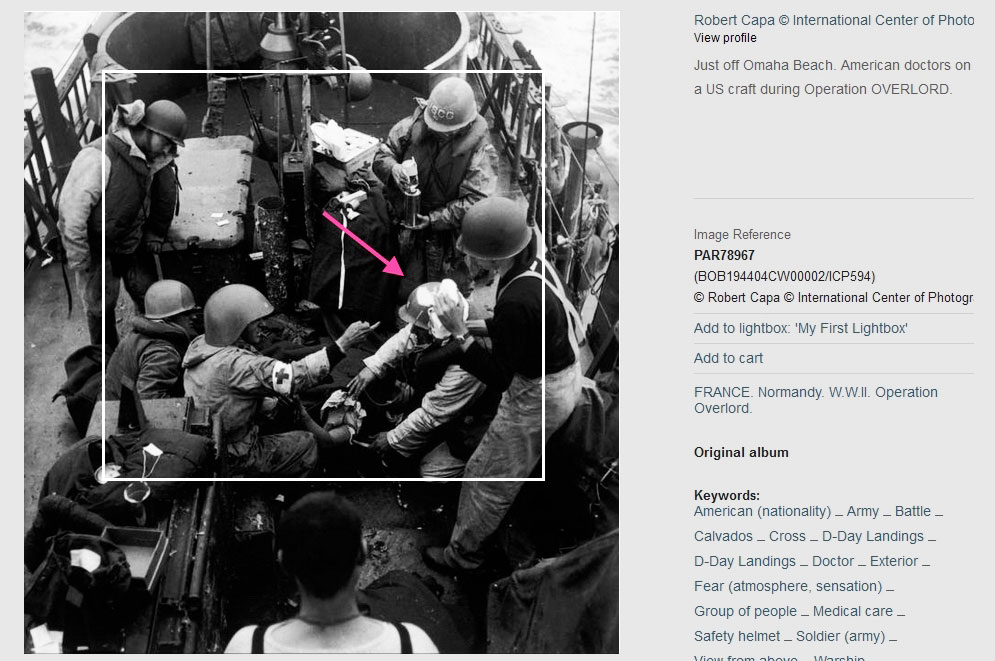
Robert Capa, “Untitled (Medics at Omaha Beach, June 6, 1944).” Annotated screenshot from magnumphotos.com. Victor Haboush indicated by red arrow.
Unfortunately for Capa and Whelan, both the historical record and Capa’s images contradict this farfetched tale. Though severely damaged, LCI(L)-85 did not offload its casualties to any “invasion barge.” Instead, this landing craft made its way back to the U.S.S. Samuel Chase, where it offloaded its wounded, dead, and crew shortly before it capsized and sank. You can see LCI(L)-85 transferring injured troops here, starting at timestamp 1:02. (Download PDF of U.S. Coast Guard report on LCI(L)-85 here.)
No evidence places Capa aboard LCI(L)-85; thus he was never on a “sinking boat.” On the other hand, no fewer than four eyewitnesses place him aboard LCI(L)-94, from the moment he boarded until he transferred to the Chase, including crewmembers Victor Haboush, Charles Jarreau, and Clifford W. Lewis. The fourth, U.S. Coast Guard Chief Photographer’s Mate David T. Ruley, actually filmed Capa on LCI(L)-94 on the ride back from Easy Red, providing unimpeachable evidence of his presence there. (Charles Herrick will discuss this in detail in an upcoming post.) The same reel of Ruley’s film, toward which Herrick pointed me, also shows LCI(L)-85 in action, as seen by Ruley from LCI(L)-94 (above). It is moving in the opposite direction from the larger ship in the background, which shows that it is returning from Easy Red — listing badly to starboard, indicative of the severe damage it sustained.
Though also damaged by enemy shells, LCI(L)-94 did not sink. Instead, it made its way back to the U.S.S. Samuel Chase, where it offloaded its wounded and dead (and Capa) before returning to the action on the beach. (It remained in service until April 1946, when the USCG decommissioned it.) And, contrary to Capa’s account as quoted above, Ruley’s film shows Capa calmly photographing as LCI(L)-94 offloads its casualties.
Footnote: Bob Landry’s Lost Shoes
As I indicated in my prefatory note to Part 1 of the Q&A with Doreen Landry Millichip, widow of onetime LIFE staffer Robert “Bob” Landry, John Morris has for 70 years made a point of putting on the record Landry’s supposed loss of his shoes during the Normandy invasion, connecting it to the loss of his films, and implying or forthrightly asserting that both happened on D-Day:
-
He did this first in an unsigned article, “LIFE’s Reports: War Photographers’ Stories,” published in the June 26, 1944 issue of LIFE. (“Messages from this photographer were brief. The first one received by the London office, along with his pictures, stated: ‘I have lost my shoes.'”)
- He repeated it later in his 1998 memoir, Get the Picture.(“Landry’s film — and his shoes — somehow got lost.”)
- Over a decade later, it made its appearance in a November 28, 2009 interview with José Manuel Serrano at his blog elrectanguloenlamano: “Bob Landry reported that he had lost his shoes and his film.” Landry never “reported that he had lost … his film.” According to the best available information, a courier dropped a duffel bag full of still and movie film into the channel while boarding a transport ship.
- More recently, Morris reiterated it in his May 31, 2013 interview with Simon Kuper for the Financial Times. (“Bob Landry landed on Utah Beach, and all his film, along with all the movie film and other films taken by army photographers, was accidentally dropped in the Channel on the way back to England. Landry also somehow lost his shoes in the landing — I never did quite understand that.”)
I continue to find this anecdote questionable — not least because, in addition to the absence of any evidence of that supposed note from Landry, we have Jack Lieb’s color movie, D-Day to Germany, 1944, showing Landry on D-Day, somewhere around Sainte-Mère-Église, complete with shoes (at timestamp 13:37).
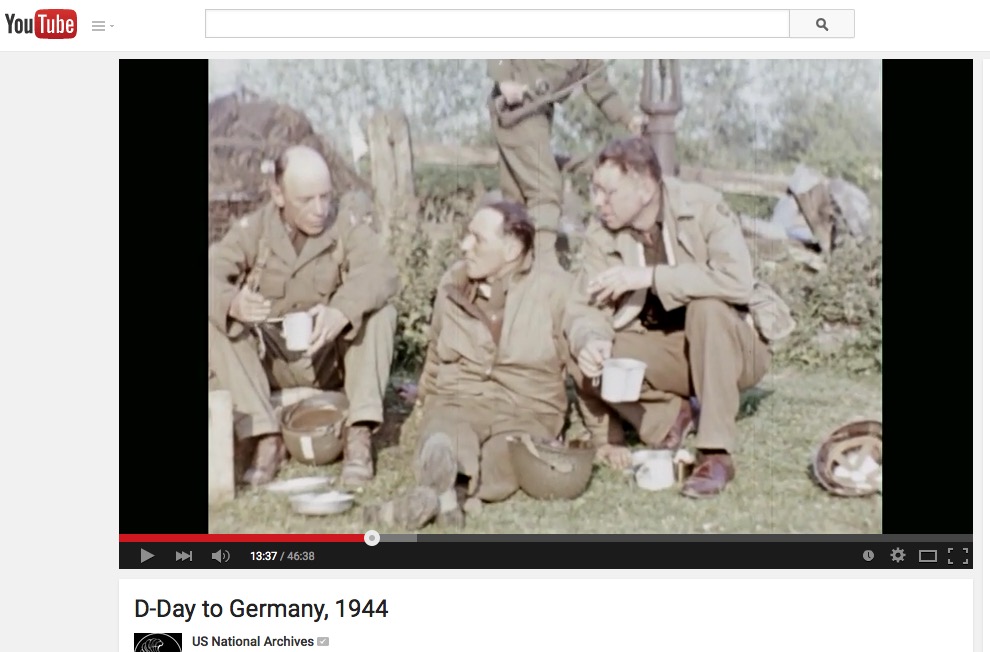
Bob Landry (r), with shoes, Sainte-Mère-Église, as seen in Jack Lieb’s film, “D-Day to Germany, 1944.”
•
This post sponsored by a donation from photographer Harry Wilks.
•
 Special offer: If you want me to either continue pursuing a particular subject or give you a break and (for one post) write on a topic — my choice — other than the current main story, make a donation of $50 via the PayPal widget below, indicating your preference in a note accompanying your donation. I’ll credit you as that new post’s sponsor, and link to a website of your choosing. Include a note with your snail-mail address (or email it to me separately) for a free signed copy of my 1995 book Critical Focus!
Special offer: If you want me to either continue pursuing a particular subject or give you a break and (for one post) write on a topic — my choice — other than the current main story, make a donation of $50 via the PayPal widget below, indicating your preference in a note accompanying your donation. I’ll credit you as that new post’s sponsor, and link to a website of your choosing. Include a note with your snail-mail address (or email it to me separately) for a free signed copy of my 1995 book Critical Focus!
 But wait! There’s more! Donate now and I’ll include a copy of The Silent Strength of Liu Xia, the catalog of the 2012-13 touring exhibition of photos by the dissident Chinese photographer, artist, and poet, currently in her sixth year of extralegal house arrest in Beijing. The only publication of her photographic work, it includes all 26 images in the exhibition, plus another 14 from the same series, along with essays by Guy Sorman, Andrew Nathan, and Cui Weiping, professor at the Beijing Film Academy.
But wait! There’s more! Donate now and I’ll include a copy of The Silent Strength of Liu Xia, the catalog of the 2012-13 touring exhibition of photos by the dissident Chinese photographer, artist, and poet, currently in her sixth year of extralegal house arrest in Beijing. The only publication of her photographic work, it includes all 26 images in the exhibition, plus another 14 from the same series, along with essays by Guy Sorman, Andrew Nathan, and Cui Weiping, professor at the Beijing Film Academy.



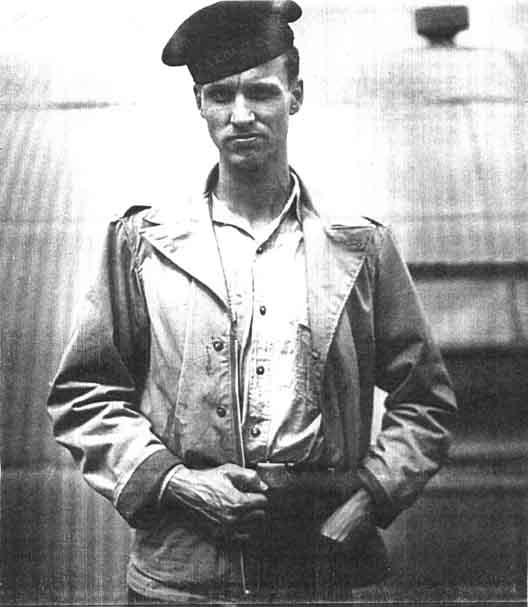
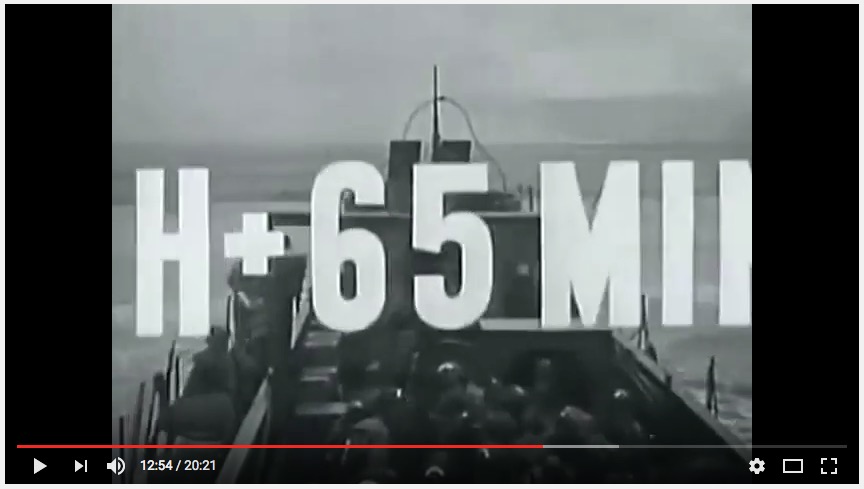
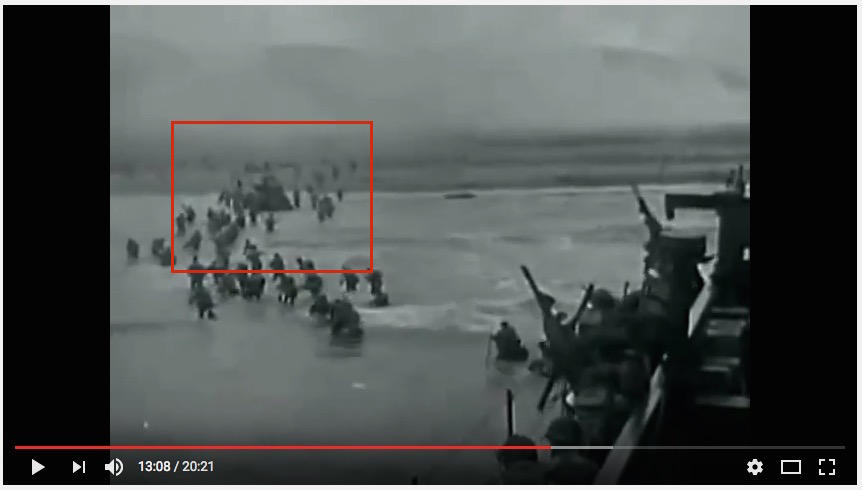
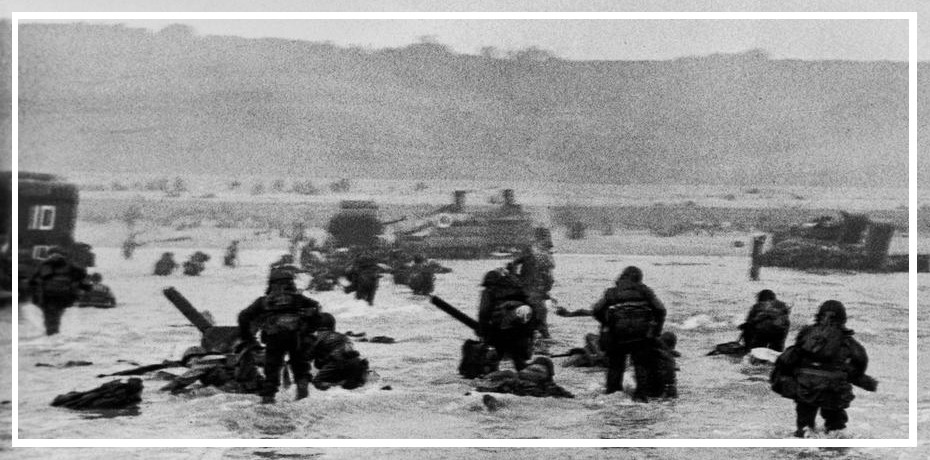
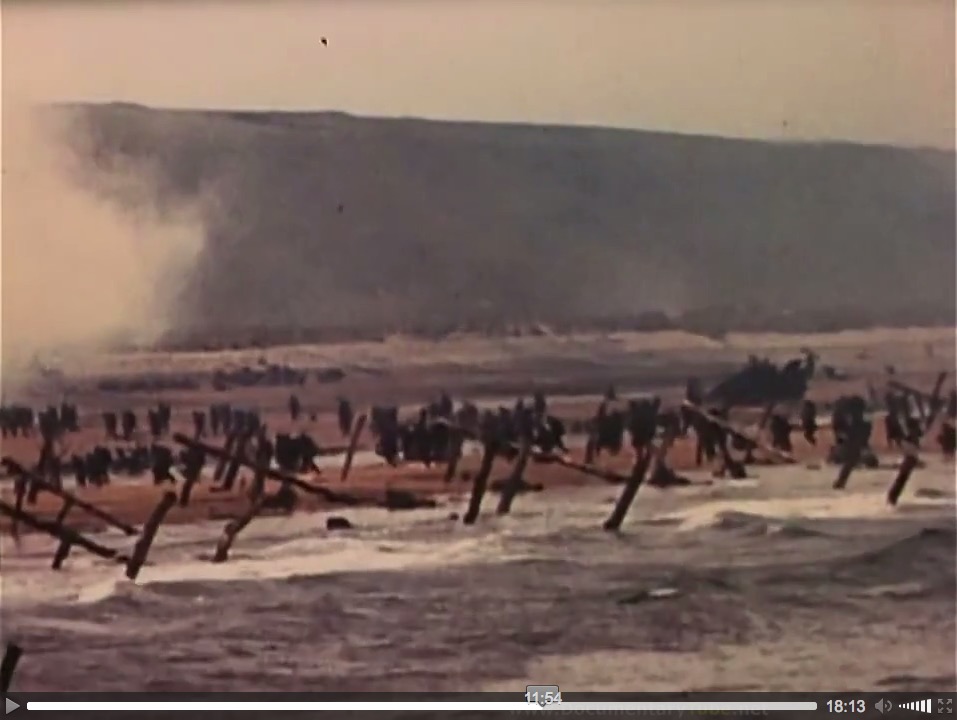
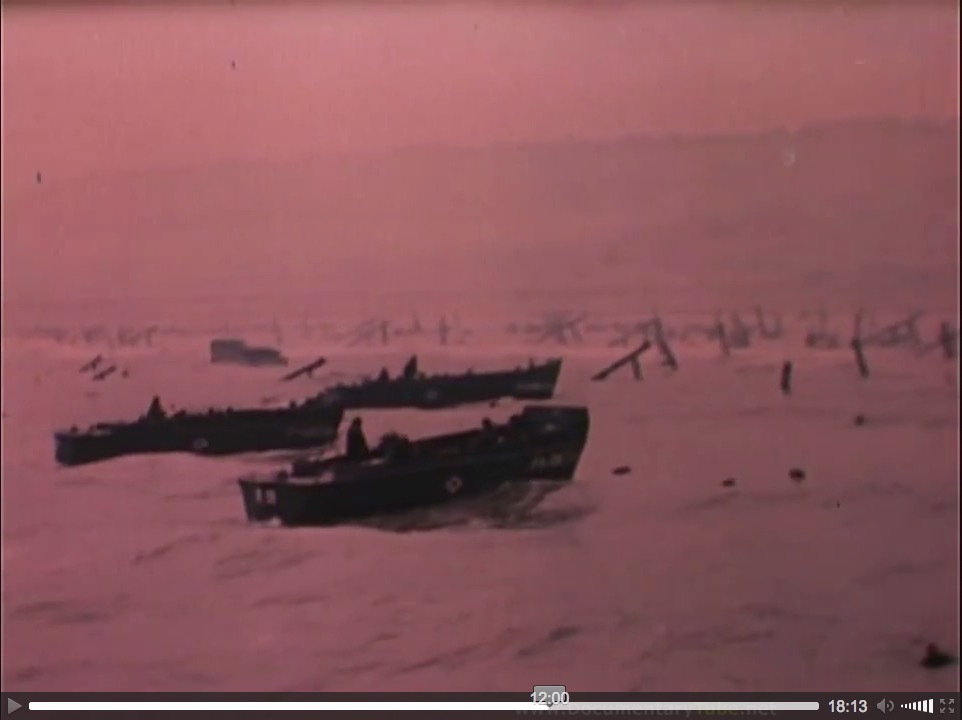
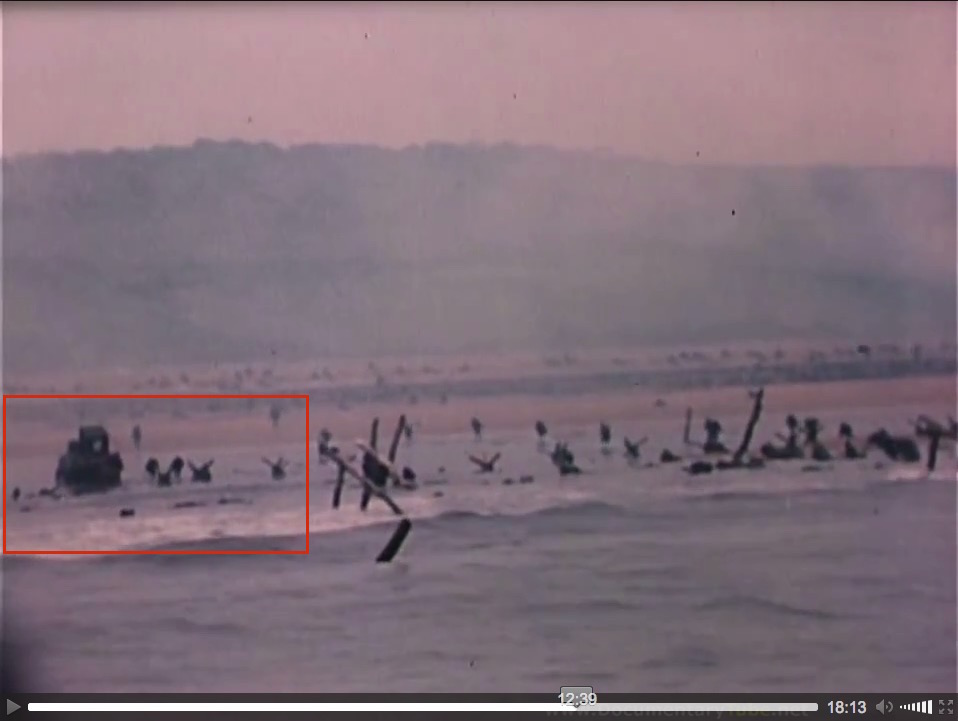
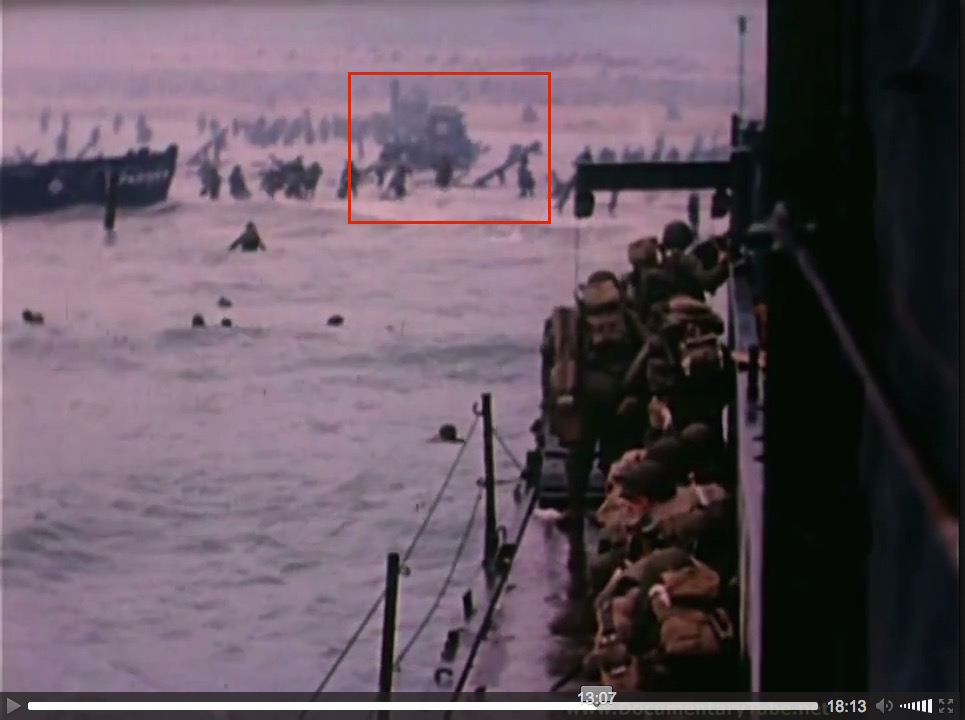
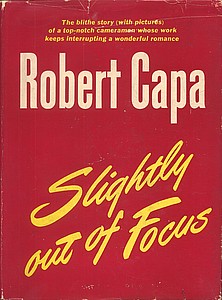
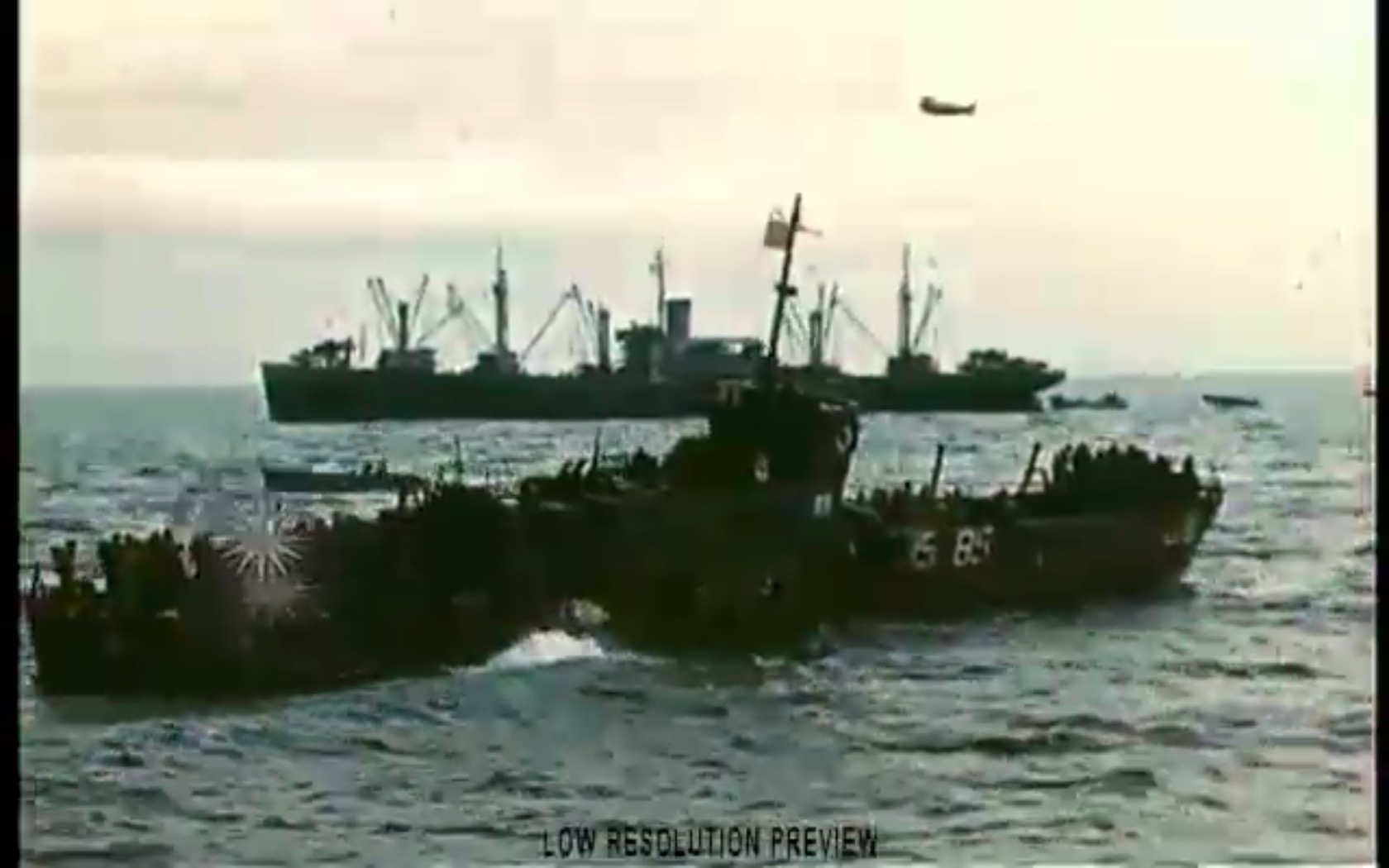
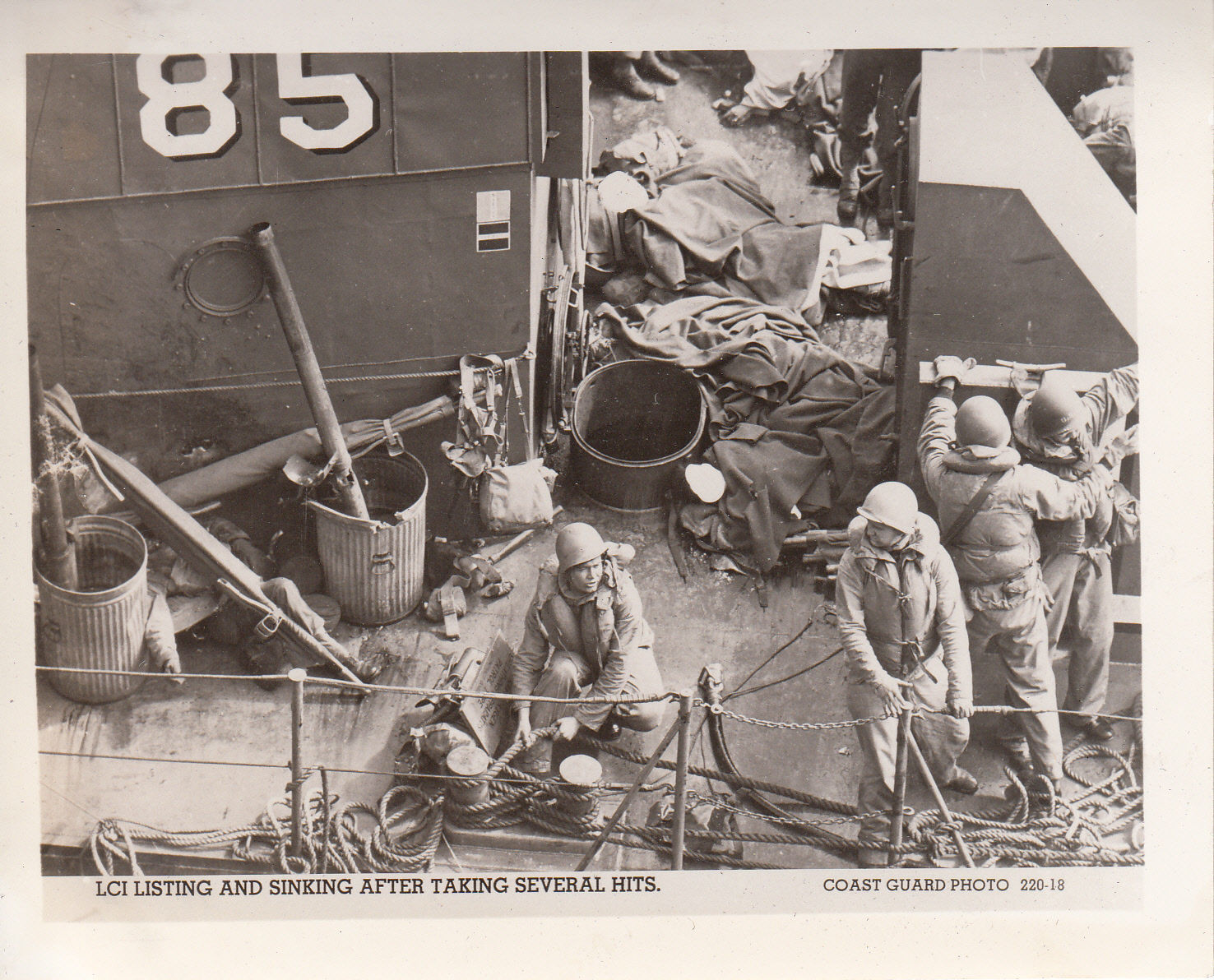
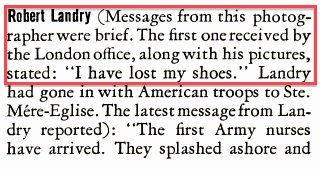




Leave a Comment